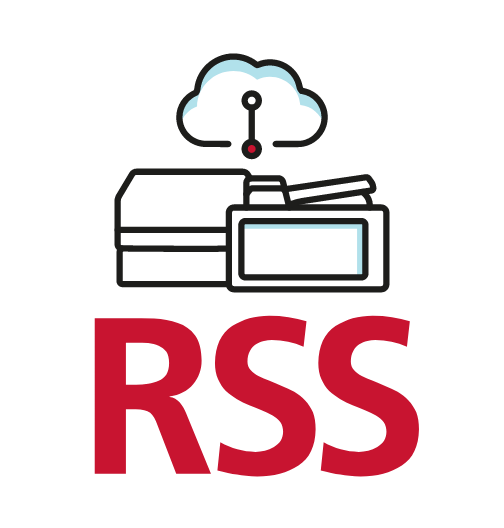
How to choose the right document management solution for your company
Companies around the world are prioritizing how to increase the agility and productivity of their processes and human capital, so many organizations are implementing document management, information automation, and workflow solutions
By Pablo Barrantes, Regional Manager - Digital Workflow at RICOH Digital Services
Companies around the world are prioritizing how to increase the agility and productivity of their processes and human capital, so many organizations are implementing document management, information automation, and workflow solutions. The goal is to increase daily efficiency.
Ricoh Latin America offers some tips to guide you as you begin your evaluation of the document management and workflow automation solutions available in the market.
1. Ease of use must come first
When companies start looking for document management software, they may initially focus on general functions and features. Instead, they should ask themselves, "How well would this system work for our user?". Having the best functionality isn't worth much if half the people on the team can't understand it. Keep in mind that document management is a cross-platform application. To get the most out of the solution, it has to be used by everyone, from accounting and engineers to the sales area.
Through targeted and well-planned training, users should be able to quickly see how document management solutions benefit them.
2. Ensure that the software aligns with business goals:
With any software deployment, there are some rules of thumb. Analyze the departments in the company that the system is primarily targeted at, the types of documents that are handled and the business processes that you want to improve. It is key to prioritize items based on the benefits you want to achieve and not on the features or options the software can provide.
3. Don't forget about data security
Protecting your company against cyber-attacks, data loss and loss of control of business-critical information is becoming increasingly important. In document management you implement an on-premises or cloud-based solution-establishing security measures should be part of the software vendor selection process. You should ask about the tools you need to safeguard business-critical information for compliance with standards such as HIPAA, Sarbanes-Oxley, GDPR, and others.
4. Preconfigured solutions reduce implementation time from weeks to days
Although business processes play out differently in each organization, they share key requirements and decision points. Preconfigured cloud solutions like Docuware leverage these common denominators to build a robust framework that requires little or no customization. They offer very fast implementation, within days. It is a best practice to start with a solution that can be easily adapted to the business requirements and then adopt more functionality from the software.
Solutions such as Docuware are based on the experience gained in launching thousands of successful digitization projects. These out-of-the-box packages allow you to digitize and automate business processes such as invoice processing, human capital management, intelligent document control, electronic signature, and more.
5. The essentials in any solution:
If you are faced with a digital workflow and document management solution that lacks any of the following features, keep searching …:
Architecture: The solution must meet the current and future needs of the organization. This relates to the question: What is most important to your business? Cloud-based software removes the burden of maintaining security, redundancy, and scalability. These responsibilities are shifted to the cloud service provider. Business leaders can focus on process optimization and worker productivity.
Security: A system with the necessary controls to provide access to documents across user groups and levels is a critical component of any workflow management and automation solution.
Scalability: A system must be able to grow with the business and customers. Start your software project small and grow as your needs evolve. This should be done without complicating other aspects of the organization or the software, and without having to retrain employees in the use of the system.
Integration: The system must fit into an existing IT environment and could integrate with current and future applications. Integration between applications is more than just data exchange. Ease of use is equally important. If employees cannot use it seamlessly between business applications, productivity suffers, and the error rate increases.
Remote and mobile access: Teamwork can take place outside of a traditional office. When the flexibility of mobile and web-based technology is embraced, employees can initiate workflow, direct and complete approvals, and make informed decisions anytime, anywhere.
Evaluate the total cost of ownership: Considering an automation solution strictly from a price point of view is a mistake, but it is critical to be able to accurately assess the total cost of ownership of the solution. If you compare the cost of an on-premises system to that of a cloud subscription, factor in the cost of hardware maintenance, annual support fees, the time and expense of upgrades, and the security concerns of a dedicated team.
For more information, visit: https://www.ricoh-americalatina.com/en/products/pd/software/document-management/document-storage/docuware





